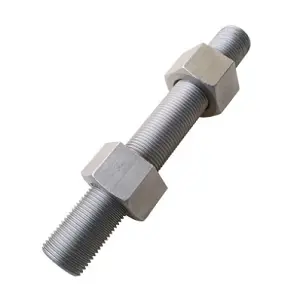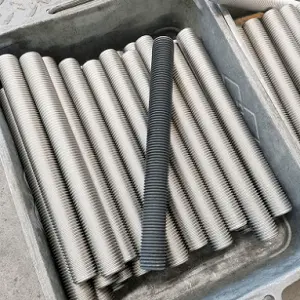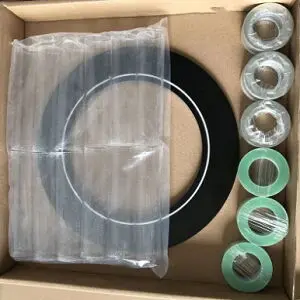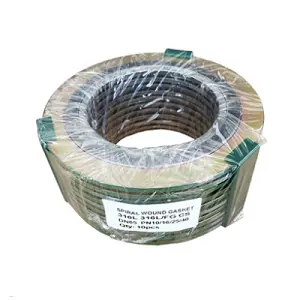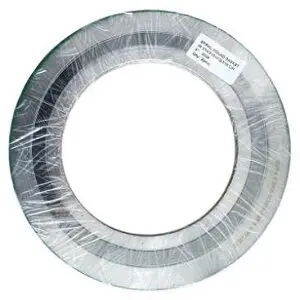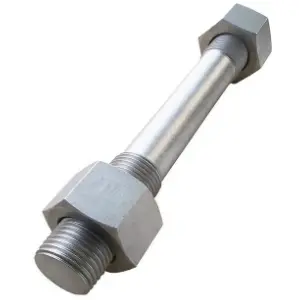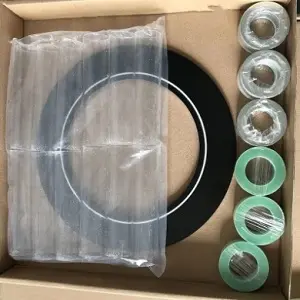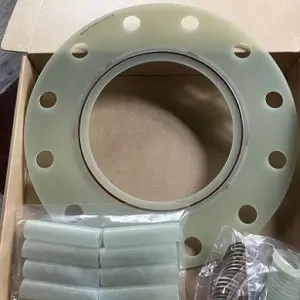Tightening Methods of Flange Bolts and Nuts
Tightening Methods of Flange Bolts and Nuts The flange bolts and nuts is one type of fastener mainly composed of a hexagonal head and a flange plate (the gasket under the hexagon is fixed together with the hexagon), and a screw (a cylindrical body with external threads). It needs to be matched with a nut to fasten and connect two parts through holes. Flange bolts and nuts are widely used in highway and railway bridges, including industrial and civil construction, cranes, excavators and other...

